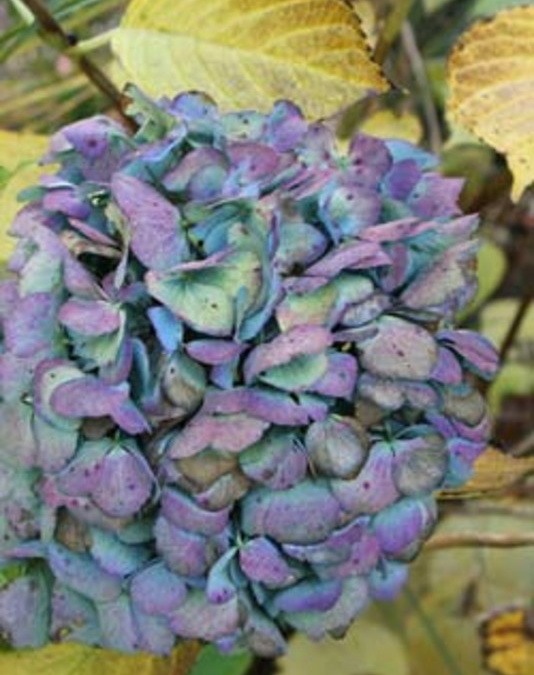“Tis the last rose of summer, left blooming all alone.
All her lovely companions have faded fast and gone.”
So goes the romantic, nostalgic song from the 1920’s. It’s still true each year as we watch the damp, dark, cold winter approach.
This year we had snowflakes on the roses. A first in my garden. And the blood red leaves of the Japanese maple were flecked with white snowflakes. Beautiful. The first time I have seen this. For some fleeting moments it was Old Man Winter’s fall pageant.
Fall’s show is its blaze of colors that treat the eye. They slowly change over their several weeks, for those who take the time to notice and share their passing. It’s human time, not the click-click-click-quick-click of our electronic time.
The old song’s Snowflake Clown slowly flies from on high to kiss the apprehensive last rose of summer. She knows his kiss means death.
This is Nature’s time frame. On it were created the myths and religious holidays of old. Would the goddess of the harvest return after the winter? Would the people who made these myths survive the cold and bleak and often hungry darkness? They used the rising sun after December 21, the shortest day of the year, to mark the season.
Today, our winter holidays are ones of hope. Christmas, Hanukkah, and many other religions, are also timed to celebrate the expectation of next year’s spring.
For the past few years the climate has changed most significantly, and is especially visible in the garden. The plants feel it. Global warming is very, very real, even if certain huge, wealthy companies, and their political friends refuse to admit it.
As the season ends, and in accordance with Nature’s time frame, it’s our time to put the garden to bed. Closing down the garden always means a big list of things to do. To be honest, one can never get them all done. However, be content, to finish even a few. And never mind those chores unfinished. The goddess of spring will come, no matter.




























